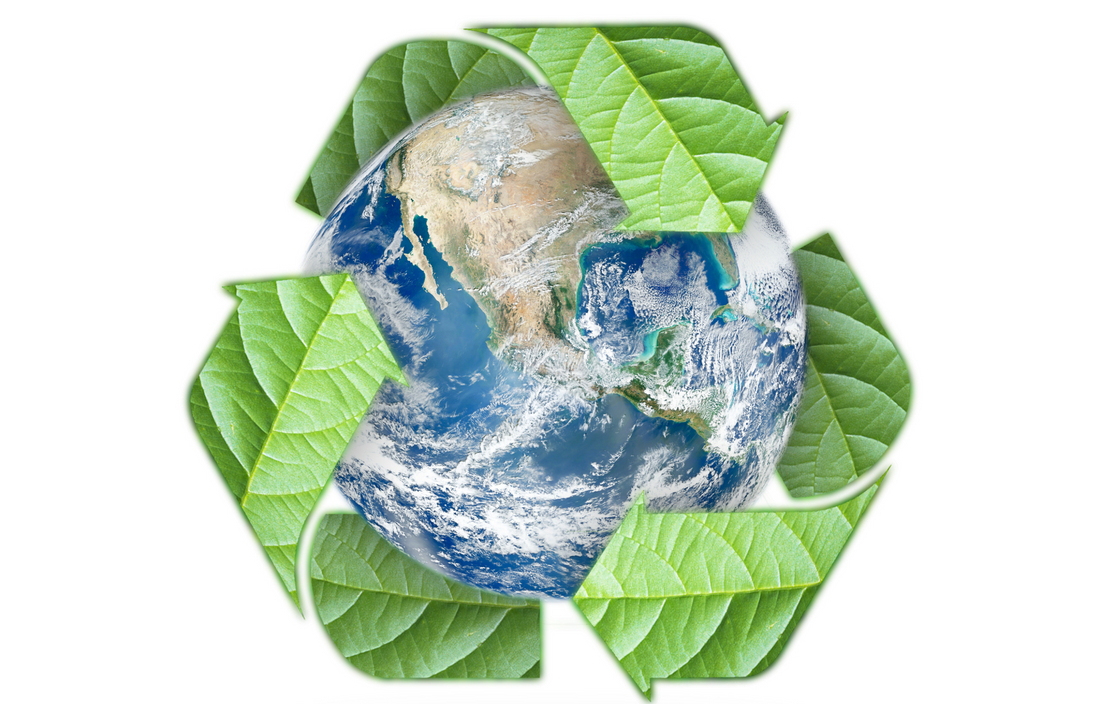Traditional wipes can contain plastics and other materials that have been used for decades or more to break down. They also use preservatives and other chemicals that are harmful to the environment. Thankfully, there is another option. Biodegradable wipes can break down quickly.
What are the biodegradable materials used as wipes
Biodegradable wipes are usually made from one of four materials: bamboo, cotton, wood pulp and viscose yarn.
Bamboo is one of the most environmentally friendly materials because it grows quickly, does not require fertilization and regenerates itself. Depending on the thickness, the treatment is often less and often deteriorates in January.
Cotton is usually wetter and thicker than bamboo and has a soft fabric feel. Some people may feel this makes them more helpful for cleaning heavy messes or baby bottoms, but the down side is that they last longer than bamboo wet cloths.
Wood pulp is less environmentally friendly because it comes from trees, and depending on the type of tree and how it is harvested and grown, may not be considered sustainable. It is made by pulping and then processing the wood into a fibrous material.
How biodegradable wipes are good for the environment
Biodegradable can reduce plastic pollution on agricultural land. The main advantage is that it degrades directly into the land at the end of its life and does not require removal, which not only reduces plastic pollution, but also reduces labor and costs for waste disposal.

